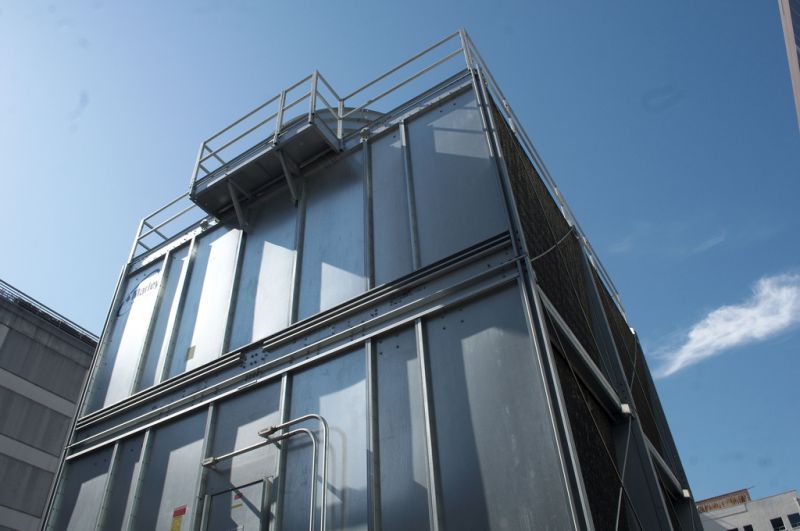Question of the Day: Alternative Cooling Tower Makeup Sources
Published on by James McDonald, PE, CWT, Technology and Marketing Manager at Chem-Aqua, Inc. in Academic
What alternative water sources could one consider for cooling tower makeup to reduce water bills?

Taxonomy
- Cooling Boiler & Wastewater
- Industrial Water Treatment
- Cooling Systems
- Industrial Water Treatment
- Industrial Water Reuse
- Industrial Water Managment
- Cooling Systems
- Cooling tower maintenance and repairs
7 Answers
-
Try to recycle all necessary bleeds to maintain Chemistry. Maintain appropriate pitch of cooling tower fan blades to save from evaporation.
-
We have used treated industrial wastewater on several projects in the past. Many industrial wastewaters are easily "cleaned" up to make suitable cooling tower makeup water. Another good source is RO reject, especially if the supply water to the RO is softened. POTW effluent is also a potential source but will require additional biological control measures.
-
When the heat removal demand is sufficiently large (100 MW and above), some cities may have treated effluent available from the POTW, even piped into the locale of the plant. Sometimes this water may already have been spoken for to the extent allowed by the city permit (requiring them to continue to release X amount of water per day to streams, or rivers. Alternative sourcing really depends on site location, availability of water from the start, permitting, and a sundry of other legal and environmental issues which could come into play.
-
One could consider groundwater as used to cool the Pawsey Supercomputer in Australia
-
1. Treated waste water discharge.
2. RO reject.
3. Boiler water blowdown.
4. CW blowdown cascaded from another larger capacity cooling tower.
5. Rainwater collected from flood control system
6. Sea water (need to verify metallurgy of piping and coolers first.)
7. Contaminated process condensate.
Thorough water analysis should be conducted prior to use of the above sources.
-
Depending upon the water source. For instance, in Aerospace industry we recycle the treat process wastewater back to the same rinses tanks at 1 megohm water quality. However, in the semiconductor industry with more sensitive manufacturing processes, process engineers would not like to see recycled wastewater. In these cases, we recycle the treated wastewater to their cooling tower.
-
1) Well Water - Digging a well of your own to supply water
2) Waste water discharge from municipality - (Some municipalities well sell your their discharge at reduced costs.
3) Wastewater from inside your own facility
4) Rainwater
5) condensate from HVAC Coils
6) Water softener backwash or fast rinse water
All may require you to look at metallurgies of your system, pretreatment required, extra chemistry needed, collection system, etc.
Do an ROI on the water and treatment and calculate if it is woth it.